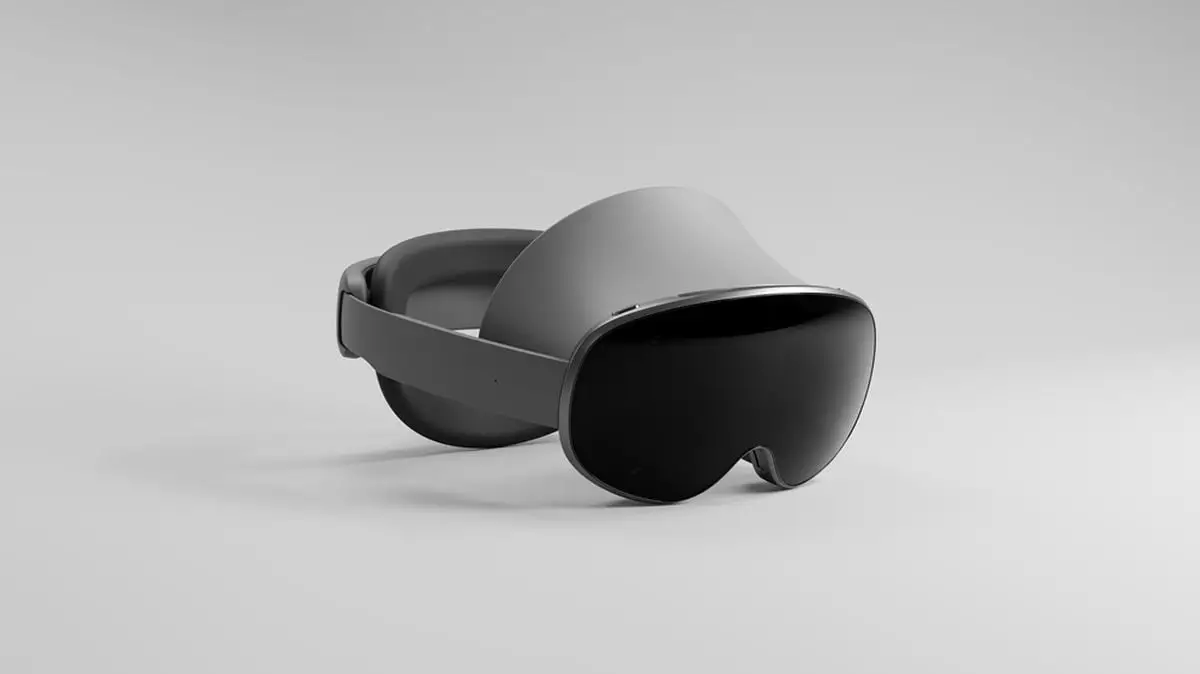In a bold bid to enter the competitive landscape of extended reality (XR), Samsung is set to introduce its inaugural headset, tentatively named Project Moohan, at the highly anticipated Galaxy Unpacked 2025 event. The term “Moohan,” which translates to “infinity” in Korean, encapsulates the aspirations of Samsung as it ventures into a space largely dominated by innovation from industry titans like Apple. First hinted at in December 2024, Project Moohan promises to be a significant contender against the likes of the Apple Vision Pro, signaling Samsung’s entrenched commitment to immersive technologies.
While precise specifications are yet to be disclosed, Samsung has teased a range of innovative features that are expected to set Project Moohan apart from its competitors. The integration of multimodal input is particularly noteworthy; this suggests a potential for diverse interaction methods with the device, from voice to gesture controls and beyond. Additionally, the rumored state-of-the-art displays and passthrough capabilities could elevate user experiences by seamlessly blending digital and physical environments. As the global market for XR continues to mature, these aspects could prove crucial in enticing tech-savvy consumers.
The introduction of Android XR, a collaborative effort from Samsung, Google, and Qualcomm, marks a critical milestone for the XR industry. This novel operating system, explicitly designed to cater to XR devices, is likely to provide a robust platform for applications optimized for immersive experiences. The support for Google’s Gemini AI assistant is another exciting feature that is expected to enhance functionality, allowing users to interact with the headset in more intuitive ways. Given the shortcomings of existing XR platforms, Samsung’s strategic choice of an Android-based system may prove advantageous in drawing developers and consumers to Project Moohan.
Despite the excitement surrounding Project Moohan, it’s imperative to acknowledge the current challenges facing the XR market. Recent data from Counterpoint Research highlights a troubling trend: global VR headset shipments declined by 4 percent year-over-year, while AR smart glasses have seen a staggering decline of over 30 percent. Against this backdrop of contraction, Samsung’s optimistic outlook for Project Moohan comes with inherent risks. Nonetheless, the company aims to carve out a niche by capitalizing on its technological prowess and extensive ecosystem of devices.
As Samsung gears up for its unveiling, the impact of Project Moohan on the broader XR landscape remains to be seen. The company’s historical commitment to pushing technological boundaries provides a sense of anticipation for what lies ahead. If well-executed, Project Moohan could revitalize interest in XR devices, sparking renewed consumer engagement and offering a formidable alternative to its market competitors. Ultimately, the success of this initiative will hinge on Samsung’s ability to not only meet but exceed consumer expectations in this rapidly evolving terrain.

